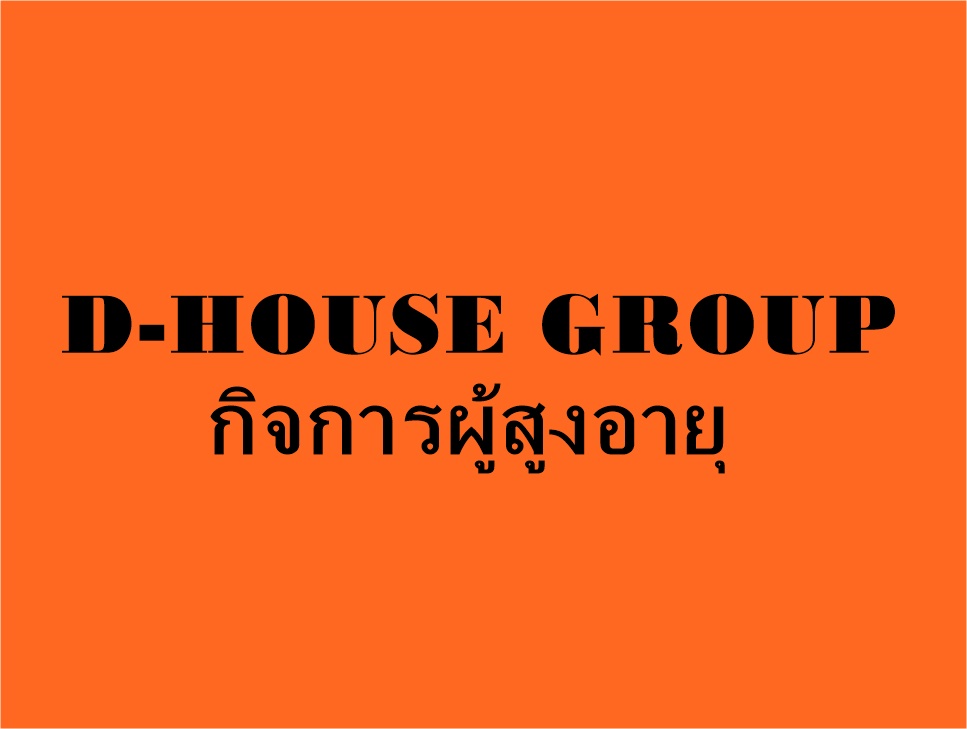วันพฤหัสบดีที่ 15 กันยายน พ.ศ. 2554
ศ.ดร.เรวัตร์ ชาตรีวิศิษฏ์: We-ASEAN must know and prepare our group to be mar...
ศ.ดร.เรวัตร์ ชาตรีวิศิษฏ์: We-ASEAN must know and prepare our group to be mar...: We-ASEAN must know and prepare our group to be market leader in our world for the advertising? Prof.Raywat Chatreewisit,Ph.D Dr.Samai Hem...
Chatreewisit,Ph.D
We-ASEAN must know and prepare our group to be market leader in our
world for the advertising?
Prof.Raywat Chatreewisit,Ph.D
Dr.Samai Hemman,DBA
We-ASEAN must know and prepare our group to be market leader in ourworld for the advertising
.........................................................................
Nowadays international advertising can also be viewed as a
business activity through which a firm attempts to inform target
audiences in multiple countries about itself and its product or
service offerings. In some cases the advertising message relates to
the firm and its activities, i.e. its corporate image. In other cases,
the message relates to a specific product or service marketed by the
firm. In either case, the firm will use the services of an advertising
agency to determine the appropriate message, advertising copy and make
the media placement.
An important issue in determining international
advertising strategy is whether or not to develop a global or regional
advertising campaign, or rather tailor communication to differences in
local markets (Peebles and Ryans 1984). If the purpose of advertising
is to develop a strong corporate or global image, a uniform global
campaign is more likely to be used. When, on the other hand, the
objective is to launch a new product or brand, or to more clearly
differentiate the product or brand from other competing brands or
products, local campaigns tailored to local markets are more typical.
A global campaign offers a number of advantages. In the
first place, it can be an important means of building a strong and
coherent global image for the firm and/or its products worldwide. Use
of the same image in different countries builds familiarity and
generates synergies across world markets. It allows utilization of
good ideas and creative talent (both of which are scarce commodities)
on a worldwide basis. In addition, use of a single campaign provides
substantial cost savings in copy development and production costs.
Conversely, development of multiple local campaigns can lead to
duplication of effort, result in inconsistent brand images across
countries and confusion in consumers' minds with regard to the
benefits offered by the brand and corporate image.
At the same time, international advertising also acts as an
integrating force across national boundaries. It disseminates messages
using universal symbols and slogans, and establishes a common mode of
communication among target audiences in different parts of the world.
At the same time, multicultural values are reinforced by advertisers,
who adopt images incorporating peoples of different nations and
diverse cultural backgrounds, as, for example, the Colors of Benneton
campaign or the British Airways "Peoples of the World" campaign. The
impact of such campaigns is further reinforced by the growth of global
media such as Star TV, CNN, MTV or print media that target global
audiences worldwide. Consequently, while, on the one hand,
international advertising can be viewed as a colonizing force
propagating Western values and mores throughout the world, it is also
an important force integrating societies and establishing common
bonds, universal symbols and models of communication among peoples in
different parts of the globe.
While use of uniform advertising appeals offers a
number of advantages, differences in customer perceptions and response
patterns across countries and cultures, as well as media availability
and government regulation are major barriers to use of a standardized
campaign. Even though technological developments allow adaptation of
advertising appeals to different languages (for example, TV can have
audio channels in two languages, Internet messages can be
automatically translated), development of visual and verbal copy that
works effectively in multiple countries poses major creative
challenges.
Faced with this dilemma, firms may use a global
umbrella campaign combined with local country or product-specific
advertising. The global umbrella campaign develops a uniform image for
the company or brand worldwide, often relying on consistent visual
images and the corporate logo. Product-specific or country advertising
builds on this image, modifying the appeal and providing information
tailored to the local market. The objective of the umbrella campaign
is to provide an integrating force, while local campaigns provide
greater relevance to specific local customers and markets.
The organizational structure of the firm often plays a
key role in the choice of global vs. locally adapted campaigns. If
international operations are organized on a country-by- country or
geographic basis and operate as local profit centers with local
advertising budgets, pressures exist for use of local advertising
campaigns. If, on the other hand, the company is organized by product
divisions, with centralized advertising budgets at corporate or
regional headquarters, use of regional or global advertising campaigns
is more likely International advertising entails dissemination of a
commercial message to target audiences in more than one country.
Target audiences differ from country to country in terms of how they
perceive or interpret symbols or stimuli, respond to humor or
emotional appeals, as well as in levels of literacy and languages
spoken. How the advertising function is organized also varies. In some
cases, multinational firms centralize advertising decisions and
budgets and use the same or a limited number of agencies worldwide. In
other cases, budgets are decentralized and placed in the hands of
local subsidiaries, resulting in greater use of local advertising
agencies.
International advertising can, therefore, be viewed as
a communication process that takes place in multiple cultures that
differ in terms of values, communication styles, and consumption
patterns. International advertising is also a business activity
involving advertisers and the advertising agencies that create ads and
buy media in different countries. The sum total of these activities
constitutes a worldwide industry that is growing in importance.
International advertising is also a major force that both reflects
social values, and propagates certain values worldwide.
Often the symbols, ideals and mores that international advertising
portrays and promotes are those of Western society and culture.
Through the reach of advertising, brands such as Levi's, Nike,
Marlboro and McDonalds are known by and have become objects of desire
for teens and young adults throughout the world. Similarly, images and
scenes depicted in much international advertising are either Western
in origin or reflect Western consumption behavior and values. Even
where adapted to local scenarios and role models, those shown often
come from sectors of society, such as the upwardly mobile urban middle
class, which embrace or are receptive to Western values and mores.
Consequently, a criticism frequently leveled at
international advertising is that it promulgates Western values and
mores, notably from the US, in other countries. This is viewed
particularly negatively in societies with strong religious or moral
values, which run counter to those of the West as, for example,
Islamic societies in the Middle East. When Western advertising depicts
sexually explicit situations or shows women in situations considered
as inappropriate or immoral, it is likely to be considered a
subversive force undermining established cultural mores and values.
Equally, in some countries such as France, there is a strong negative
reaction to the imposition of US culture, values and use of English in
advertising. Promotion of tobacco products by US and UK companies in
countries where there is no legislation regulating or banning
cigarette advertising has also been criticized.
In the near future we-ASEAN must know and prepare our group to be
market leader in our world if we can and everything is possible if
we think and do or going forwards together.
..........................................................................................................
สมัครสมาชิก:
บทความ (Atom)



